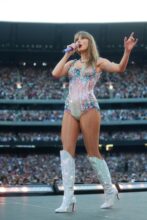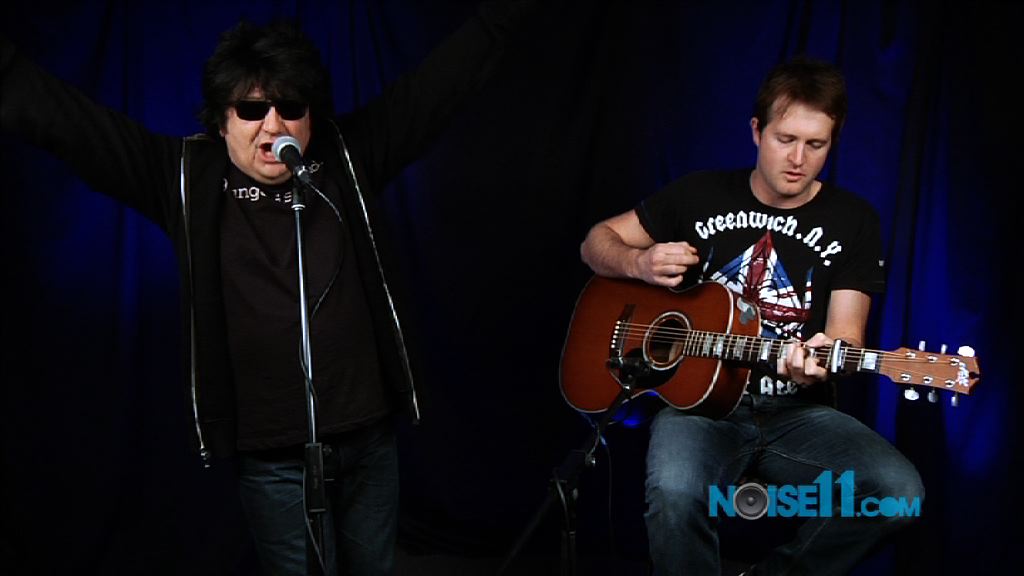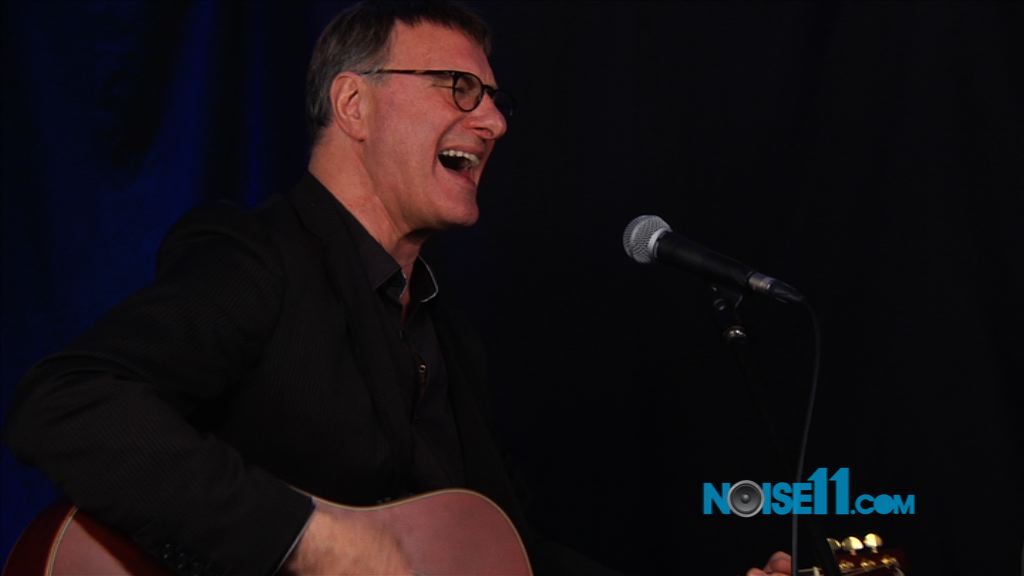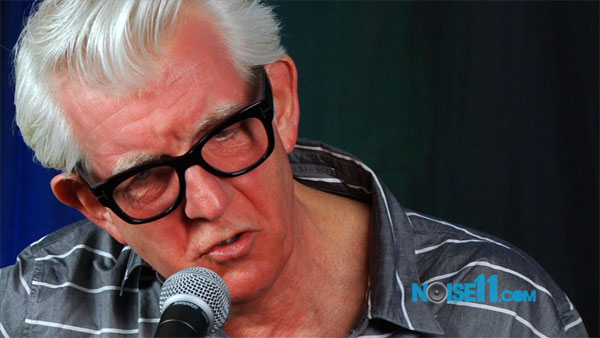Sectors of the music media took great delight in tearing into Anthony Callea this week for what they say was the lowest selling number one debut of all time. Well, they all missed the point.
Audience music consumption is changing and the industry no longer knows how to measure it.
Suggesting Anthony Callea’s ‘Backbone’ was a failure regardless of its number one position was simply arrogance from the media. They failed to understand basic logic. Whatever Anthony Callea sold last wek, everyone else sold less. Number one is always the best result the week has to offer, by current measurement standards.
Credit to Anthony Callea. He pulled a Lazarus and just scored his first number one album in 11 years. Regardless of the album sales figure, Anthony Callea is touring Backbone around Australia and most of the shows at nearly sold-out or sold-out status. That’s not too bad for a “failure”. If only lesser known acts could fail that good.
The industry problem is the new way charts around the world are compiled. They are based on out-dated methodology. (Mind you, the movie industry is even worse, basing its chart on box-office ticket revenue, instead of the number of tickets sold. It is ridiculous that they get away with comparing a $22 Avatar ticket to a 25x Sound of Music ticket).
Like the movie industry, the music industry has failed to grasp the changing habits the consumer.
The pre-Napster generation would buy, borrow or bootleg to listen to music. Today there are numerous options, both legal and illegal. Streaming makes ‘renting’ preferable and YouTube makes ripping a song simple. Downloading music from Torrent sites has already become obsolete. The audience has chosen quantity over quality and with a jukebox in every pocket the current chart methodology cannot keep track.
Industry charts are partying like it’s 1999. They measure the shrinking figure and are yet to work out how to include the 21st Century consumer absorption model.
The answer is you cannot combine the different consumer reactions into one figure. “Don’t cross the streams. It would be bad”.
The band-aid fix was to come up with a magic figure to weigh streaming with sales. It is flawed and that is what is tipping the chart in a downward direction. The problem with mixing sales with streaming is that you are measuring two completely different consumer habits in one combined figure. It doesn’t work.
Physical and digital sales measure an instant impact. It is a measurement of one action of where the music consumer is right now. Once the purchase is made no-one can measure the trickle on listening effect as the consumer plays their purchase multiple times.
Streaming is a measurement of smaller, multiple actions, with the music fans interacting with the music and the measurement of that interaction happening at every play. It is long-tail data. It does include the trickle-on effect.
Putting the two together is combining short-term impacts with long tale impacts. It is unbalanced. The two cannot be combined because they are completely different actions and reactions.
The end result is a totally inaccurate reporting mechanism that may work for the marketing department of a record label but is useless to the public or the media as a programming tool.
Radio needs accurate audience figures to evaluate listening habits and program the music. In Australia, commercial radio stopped using the ARIA chart as a core gauge of listening habits some years back. Instead, they opt for the quicker read of the daily iTunes chart for what people are buying, the daily Spotify chart for what people are streaming and the Shazam chart for what people are discovering. Breaking the audience reaction into three habits gives a far more accurate indication of what radio should be playing instead of waiting for a weekly report of what people were buying 10 days ago.
A few weeks back when the Austereo Network axed the long-running chart document show Take 40 Australia, the last association with the ARIA chart and commercial broadcasting was erased from radio.
In Australia radio doesn’t program by the ARIA chart anymore because, by the time the ARIA chart arrives, you are seeing a time-lapse measurement. It is an awkward combination of what people were buying and streaming a week ago, not yesterday and in a competitive commercial media market, old data is poison.
Sales figures are irrelevant to how music fans impact with an artist today so to say Anthony Callea has somehow failed by having a number one record is media arrogance at its finest.
















